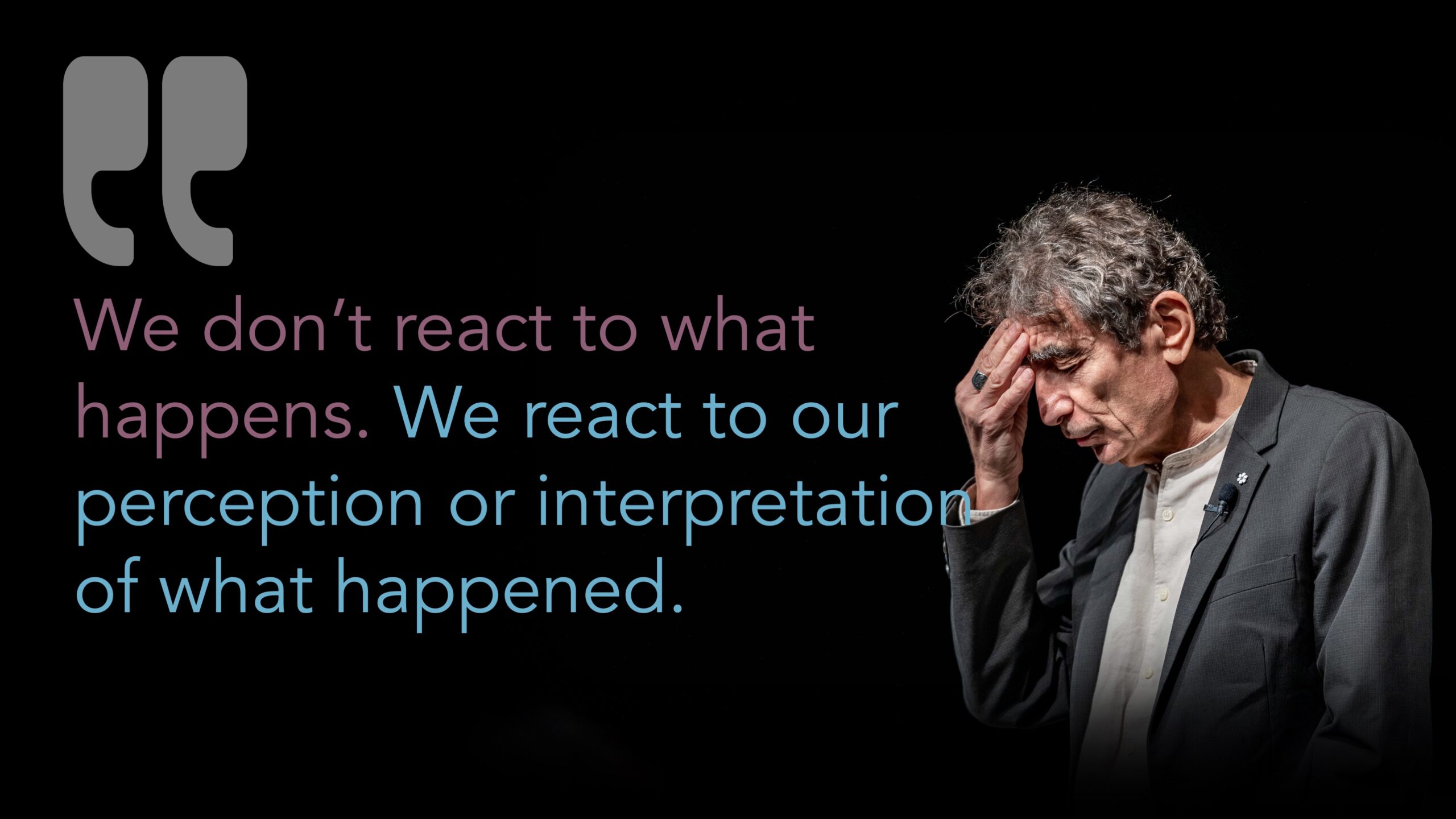Perceptions vs Feelings

Most of us get confused now and then with the difference between feelings and perceptions. That can get us into trouble. The difference isn’t difficult, but does requires us to be thoughtful.
Feelings are pretty simple: we feel mad, glad, sad, or afraid, and that’s about it. These are the four basic emotions. Pretty much any other emotion we can describe is made up of one or more of the basic four.
But what if I’m feeling disrespected, upset, confused, unloved? Well, those aren’t feelings. They are perceptions. They are my interpretations of circumstances I’m in. Now think about it again. What underlies “disrespected”? Well… If we feel that, we probably feel hurt, and not listened to. So for most of us, the underlying feeling of disrespect would probably be sadness and perhaps anger.
Now, while “unloved” is not a feeling, the perception of the experience is what we are describing. The meaning or value we have attached to an experience we’ve had. Here’s the difference: Feelings are real. If we are sad, we are sad. If we are happy, we are happy. But perceptions are different. They are made up of observations and interpretations, and are filtered by prior experiences.
In [Lesson 3], Gabor works with two individuals who were mad at something that happened. Upon further exploration, these people realize they made assumptions about the intent of the person they were mad at. So the “feeling” was not disrespect or devaluation. That was a perception, that arose from an interpretation of behavior. Audience members pointed out that, in fact, there were many different ways to interpret the behavior. Upon considering this, the individuals both recognized that they had “made up a story” about what the intent was behind the behavior.
So the question then is… where did that story (and the assumptions and perceptions that went along) come from that created the anger?
How do we make these interpretations? Well, they are heavily influenced by the experiences we have, especially those from early in life.
Exploring earlier memories is one of the most profound tools we have to help clients understand what is driving their thoughts, beliefs and behaviors. It takes some practice to be able to assist clients in this exploration, but the benefits are tremendous. Clients who learn this skill realize that nearly all unwanted behaviors originate in childhood traumas. Once they understand the origin of the behavior, it becomes much easier to change it.
What we believe vs what we are actually experiencing, and the role of our prior experiences
One of the most powerful tools we can use to understand this is to think back to the first time we remember feeling this feeling (or experiencing this perception.) In nearly all cases, it goes back to a time early in life.
As we’ve previously discussed, as infants and small children, we’re hard wired to maintain attachment with our caregiving parent no matter what. Without the attachment, we’d die, as we’d be unable to care for ourselves. So as children, we learn to adapt our behavior.
Here’s one example: If, when we were small, we were belittled or bullied or made fun of, it undoubtedly hurt us. And to survive, we learn to adapt. To tolerate the bullying. To ignore it. To laugh it off. To please the bullying person. Each of us might respond slightly differently. And that behavior we learn is effective; we survive, we maintain connection. If the bullying (in this example) continues, we get really good at the adaptive behavior, so much so that we might not even be aware we are doing it.
But when we grow up, those behaviors are deeply embedded in us. Even when we consciously know that the current situation is different. We may not even think about what happened to us… but a part of us knows. And so, in the example above, our first thought, driven by what we learned to survive, is to assume the worst.Because that’s what we learned to protect against.
So when our unconscious self is reminded of an early experience, that part of our memory is triggered. Suddenly, our two-year-old or five-year-old self is responding, protecting us. Because it does not realize we don’t need that protection any more.
